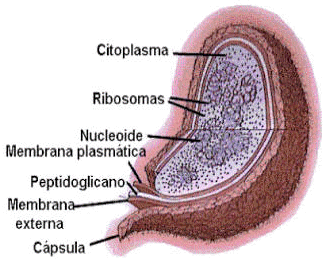 A dignified death is the right of any person, especially a terminal patient, to die with dignity without the need, if they do not want to, to be subjected to practices that invade their body.
A dignified death is the right of any person, especially a terminal patient, to die with dignity without the need, if they do not want to, to be subjected to practices that invade their body.
Right of a terminal patient to decide to die in a dignified way, without being subjected to more invasive treatments and only receiving palliative care
The dignified death is the concept that allows to designate the The right of every patient who suffers from an irreversible and incurable disease and who is in a terminal state of health, to decide and express his desire to reject procedures, be they: invasive surgical procedures, hydration, feeding and even resuscitation by way artificial, for being the same extraordinary and disproportionate in relation to the prospect of improvement and for generating the patient even more pain and suffering.
So, dignified death, also known as orthothanasia, gives a legal framework to the decision of patients or relatives to put an end to life when the state of health is presented as incurable, and the free path to doctors to proceed based on this decision.
The term patient or terminally ill is a term used in medicine to indicate an individual who suffers from a disease that cannot be cured and death in the short term is expected as an inevitable outcome.
It is generally used in the case of patients suffering from diseases such as cancer, or quite advanced lung and heart conditions.
The terminal phase begins at the moment in which it is indicated to put aside curative treatments and put into practice those known as palliative, that is, those that are used to prevent the terminal patient from suffering severe pain and that it can reach its outcome in the most calm and dignified way possible.
These palliative treatments target physical pain and also the psychological symptoms that terminal illnesses usually generate.
When the life expectancy of a patient does not exceed six months, they are classified as terminal patients.
One of the most difficult moments for health professionals is communicating to their patient and their families the terminal situation of their condition, and that after communication they usually go through stages that range from denial, anger, depression and finally acceptance .
Difference from euthanasia
It should be noted that dignified death differs from euthanasia in that it in no way deliberately proposes the anticipation of the death of the patient in question as is the case with euthanasia.
In euthanasia, whether it be the family, a health professional, among others, anticipates the death of the terminally ill patient with or without their prior consent because they can no longer bear the suffering caused by the condition and to put an end to the prolongation artificial life.
It can be carried out through the direct injection of drugs that induce death by the overdose that is injected, or by abruptly stopping the treatments or the food supply.
There are several nations that have special legislation for this type of situations framed within the dignified death, with the aim of regulating them and giving them a legal framework to avoid claims or future judicial problems, such is the case of the Argentine Republic that does some years it has passed by law the rejection of any treatment that artificially prolongs life.
In the Argentine case, both the patient and their family members will be the ones who will be able to give consent when the situation arises.
For euthanasia there is no legal framework and by case it is that if death is proven by this modality it could be classified as homicide, or help or instigation to suicide.
Among the arguments in favor of a dignified death, the following stand out: avoiding therapeutic cruelty, humanizing medicine, respecting the patient's autonomy when it comes to their quality of life and avoiding the prosecution of this type of case.









